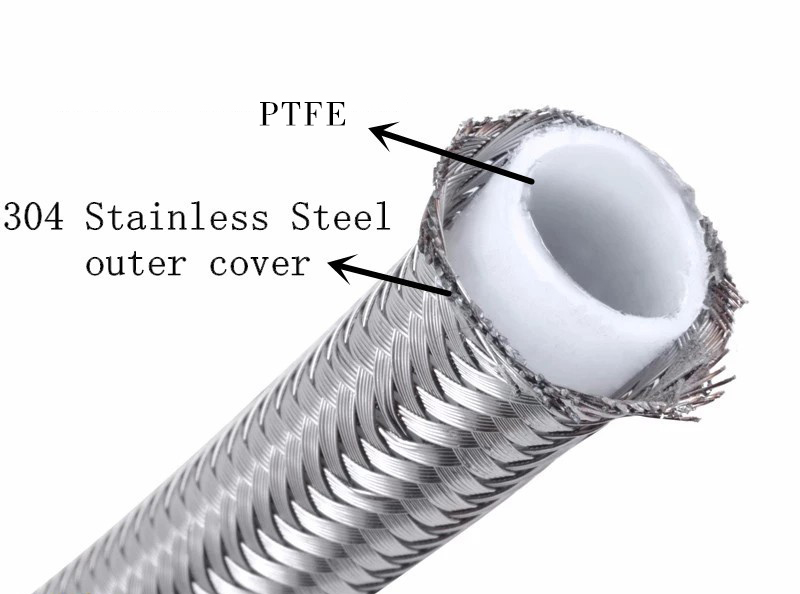The history of POLYTETRAFLUOROETHYLENE began on April 6, 1938 at Du Pont’s Jackson Laboratory in New Jersey. On that fortunate day, Dr. Roy J. Plunkett, who was working with gases related to FREON refrigerants, discovered that one sample had polymerised spontaneously to a white, waxy solid.
Testing showed that this solid was a very remarkable material. It was a resin that resisted practically every known chemical or solvent; its surface was so slippery that almost no substance would stick to it; moisture did not cause it to swell, and it did not degrade or become brittle after long term exposure to sunlight. It had a melting point of 327°C and, as opposed to conventional thermoplastics, it would not flow above that melting point. This meant that new processing techniques had to be developed to suit the characteristics of the new resin – which Du Pont named TEFLON.
Borrowing techniques from powder metallurgy, Du Pont engineers were able to compress and sinter POLYTETRAFLUOROETHYLENE resins into blocks that could be machined to form any desired shape. Later, dispersions of the resin in water were developed to coat glass-cloth and make enamels. A powder was produced that could be blended with a lubricant and extruded to coat wire and manufacture tubing.
By 1948, 10 years after the discovery of POLYTETRAFLUOROETHYLENE, Du Pont was teaching processing technology to its customers. Soon a commercial plant was operational, and POLYTETRAFLUOROETHYLENE PTFE resins became available in dispersions, granular resins and fine powder.
Why choose PTFE Hose?
PTFE or Polytetrafluoroethylene is one of the most chemically resistant materials available. This enables PTFE hoses to succeed within a wide range of industries where more traditional metallic or rubber hoses may fail. Pair this with and excellent temperature range (-70°C to +260°C) and you end up with a very durable hose capable of withstanding some of the harshest environments.
The frictionless properties of PTFE allow improved flow rates when transporting viscous materials. This also contributes to an easy-clean design and essentially creates a ‘non-stick’ liner, ensuring left over product can self drain or be simply washed away.

Post time: Mar-24-2022
